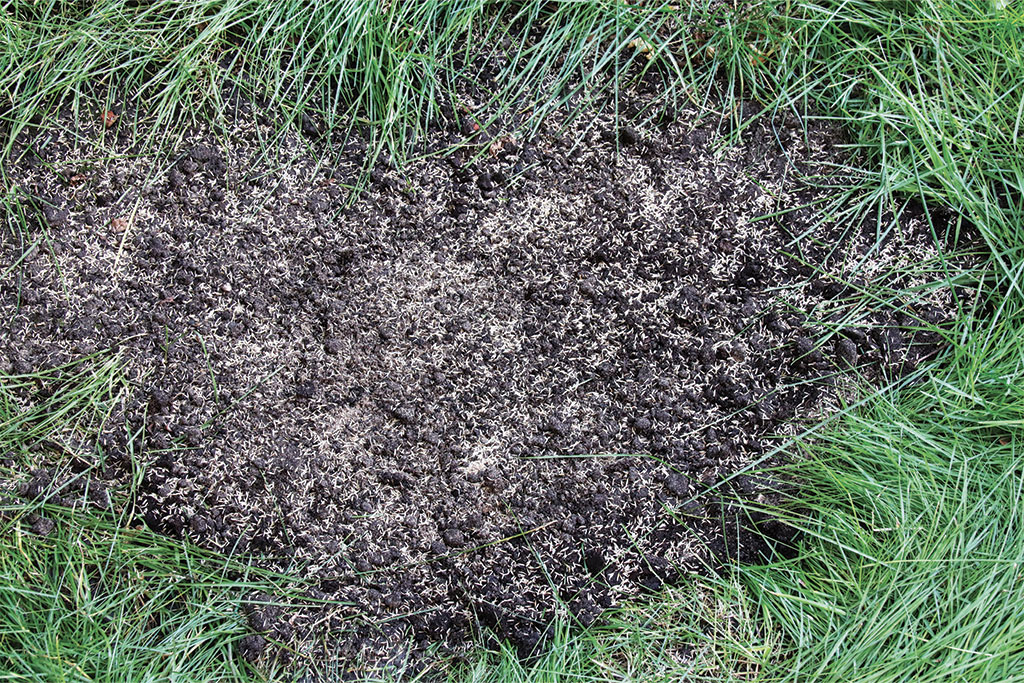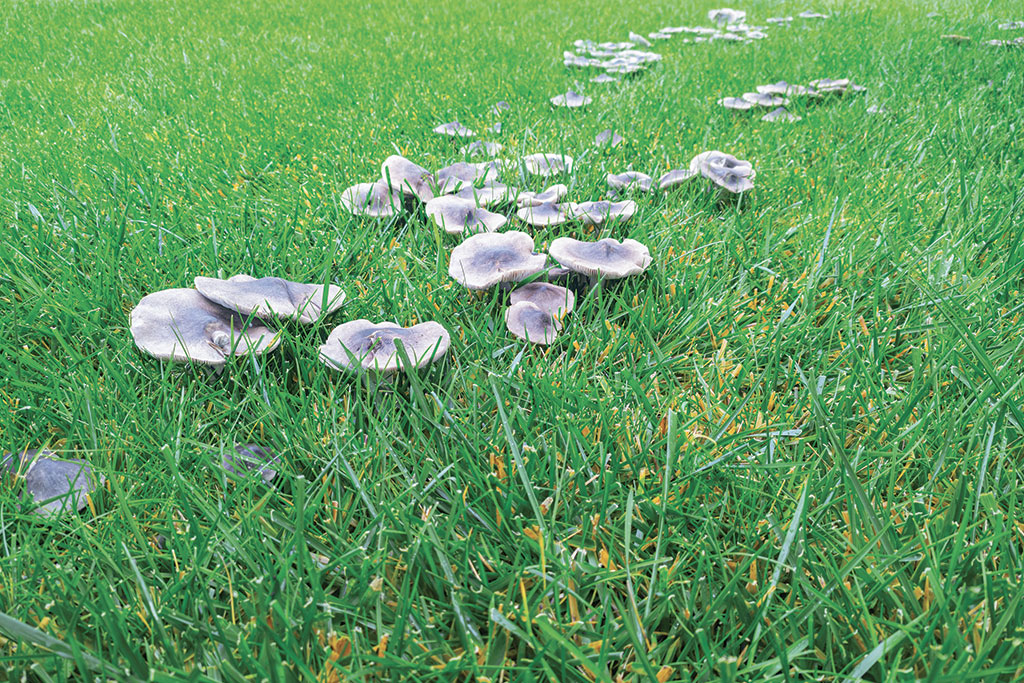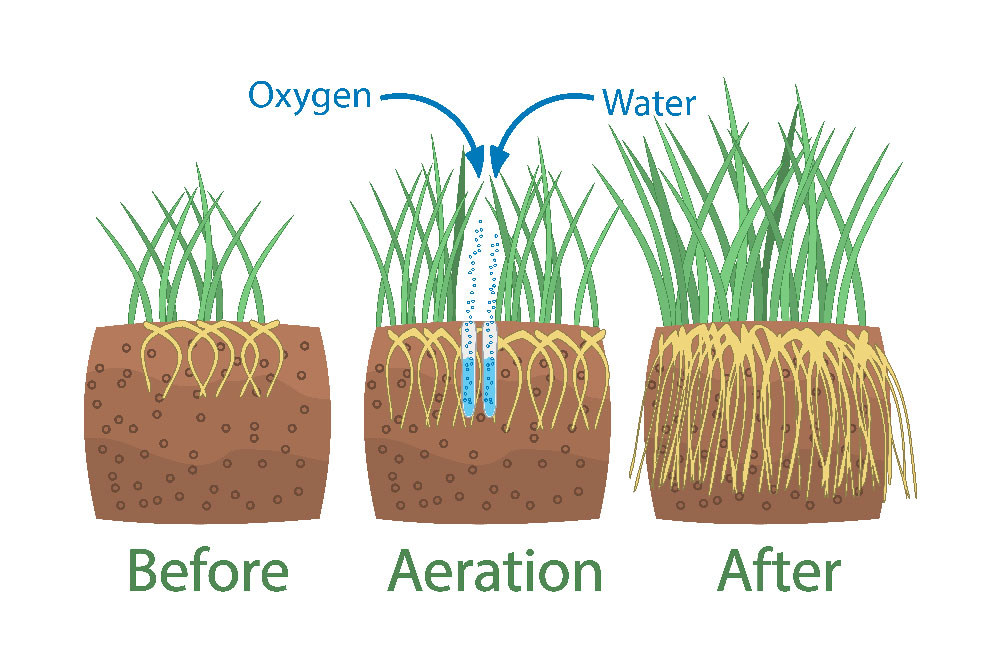White grubs are the immature larvae of several species of beetles. These extremely destructive turf pests feed on the roots of grass just below the soil surface, severing the roots and causing grass plants to turn brown and die. Japanese beetle and June beetle larvae present the most serious larval threats to lawns in Quebec. In their adult form, Japanese beetles also cause significant damage to edible and ornamental plants, from vegetables to shrubs and trees.
Identification of white grubs:
White worms are usually about 1 inch long. Their soft, plump, gray-white body has a brown head and six distinct legs. When disturbed, the white grubs curl into a C-shape. Adult Japanese beetles and June beetles are up to 1/2 inch long. Japanese beetles are metallic green and copper with tufts of white hair ringing the abdomen. Adult beetles are golden to brown with matching or darker heads depending on the species.
How to recognize white grub damage:
Larval damage occurs in spring and fall. Patches of lawn turn yellow or brown and become spongy under your feet. In heavy infestations, you can roll the turf like a carpet to reveal cut roots and feeding larvae. In addition, these plates are often accompanied by sections torn or plowed by certain rodents and mammals, particularly skunks and raccoons. To check your lawn, use a spade to lift a 12-inch-square piece of sod about 3 inches thick. Carefully inspect the soil, thatch and roots. Healthy lawns tolerate a few grubs, but ten or more per square foot indicate serious grub problems.
Techniques to prevent an infestation of white grubs:
A dense, healthy lawn goes a long way in preventing grub infestations. Thus, it is recommended to adopt a fertilization program in order to keep a lawn in a condition to defend itself against insects and not to mow the lawn too short (3 to 3 1/2 inches minimum). In addition, in order to prevent infestations of white grubs, it is recommended not to use the night lighting of the ground as much as possible during the laying period (mid-June to mid-July) because the light attracts beetles.
Techniques to control white grubs:
Effective white grub control is to reach these pests when they are at their most vulnerable. The fall treatment targets newly hatched worms while they are still small and close to the surface. Spring applications treat overwintering larvae as they return to the roots and feed. In order to control the population of white grubs in the lawn, it is therefore possible to apply nematodes (microscopic worms) in May and August when the soil temperature is adequate and appropriate. Abundant watering is necessary after application so that the nematodes can penetrate the soil. In addition, there are also insecticide-based treatments that are very effective in controlling white grubs. Contact us to find out about the treatment options against white grubs attacking your lawn.



